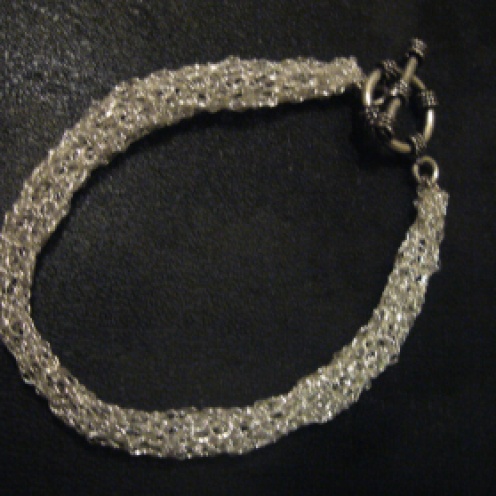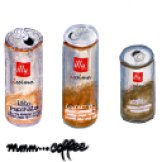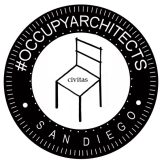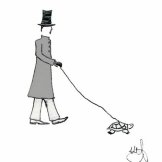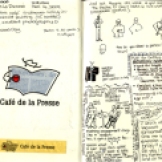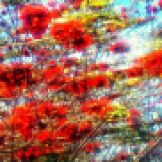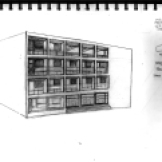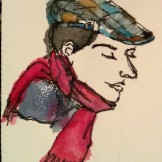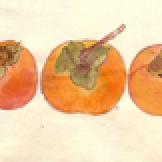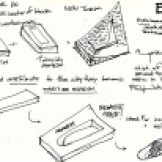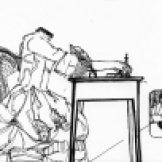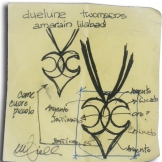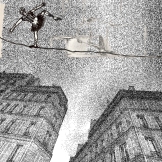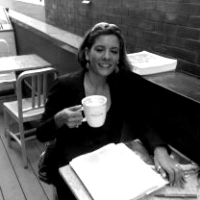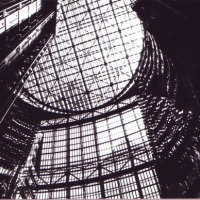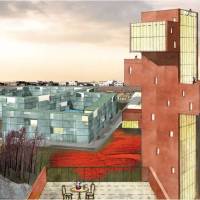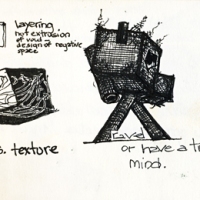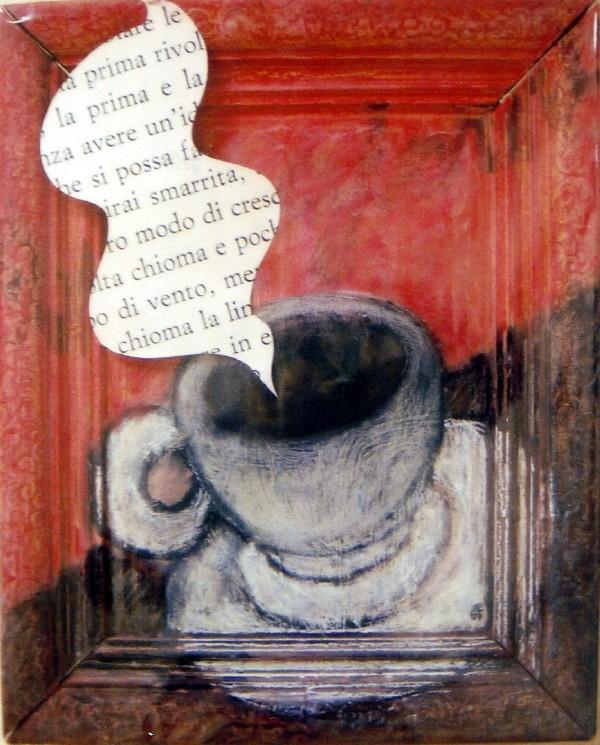
John Hejduk. Sketch from Lake Baikal, part of the Vladivostok oeuvre

John Hejduk. Sketch from Lake Baikal, part of the Vladivostok oeuvre

John Hejduk. Sketch from Lake Baikal, part of the Vladivostok oeuvre
John Hejduk has been called one of the most influential architects and educators of our time..
He was also a poet, an artist and the Dean of the Irwin S. Chanin School of Architecture of the uber-prestigious Cooper Union in New York.
I am reviewing couple of his books, Vladivostok and The Mask of Medusa and thought I would share some of the ear-cornered pages. Like Marco Polo, John Hedjuk’s travels start from Venice. Some of you may know my mother is from the Venice region, Treviso to be precise, and it was endearing to find the Serenissima in this book, a fascinating fusion of East and West, and even Milano, my birthplace. From the foreword:
The journey I have been on for the past ten years followed an eastern route starting at Venice, then moving north to Berlin through Prague, then northeast to Riga, from Riga Eastward to Lake Baikal and then on to Vladivostok. This has been, and is, a long journey.
Bodies of water mark the trek. Venice of the Adriatic, the lagoons, the Venetian canals, the river Vitava of Prague with its echoes of Rilke and Kafka, the waterways of Berlin, the Gulf of Riga, Lake Baikal, and the Sea of japan in Valdivostok. The elements giving off their particular atmospheres, and sounds, impregnate my soul with the spirit of place, place actual…place imagined.
The works from this journey are named and form trilogies.
In Venice;
The Cemetery of Ashes of Thought
The Silent Wtnesses and
The 13 Watchtowers of Cannaregio
In Berlin;
Berlin Masque
Victims, and Berlin Night
In Russia;
Riga,
Lake Baikal, and
Vladivostok
[ ]
I state the above to indicate the nature of a practice.
[ ]
I have established a repertoire of objects/subjects, and this troupe accompanies me from city to city, from place to place, to cities I have been to and to cities I have not visited. The cast presents itself to a city and its inhabitants. Some of the objects are buit and remain in the city; some are built for a time, then are dismantled and disappear;some are built, dismantled and move on to another city where they are reconstructed.
I believe that this method/practice is a new way of approaching the architecture of a city and of giving proper respect to a city’s inhabitants.
It confronts a pathology head-on
John Hejduk, 1989
Hejduk’s work is provocative, political, polyedric. Read Errand, Detour, and the Wilderness Urbanism of John Hejduk, part of Paroles d’Architects, an excellent collection of writings on architecture.
Also Sorkin on the Mask of Medusa, in Exquisite Corpse: Writing on Buildings.
Reading this book, at the nexus between literature and architecture reminds me of Italo Calvino’s Invisible Cities. One of the future anterior projects: to illustrate Calvino’s cities. But it’s been done.
Cultural Minister
The Minister of Culture reads the works of Hawthorne, Flaubert and Hardy.What impresses him is the extraordinary love of women by these authors. Somehow the three writers are related through the strenght of Zanobia,Madame Bovary, and Batsheba. The Minister of Culture is aware of their seductions. He imagines, fabricates, and sews the dresses they had worn. He folds each garment and places it in an oblong box and waits for sundown. He precisely selects his victim, follows her, commits his crime, redresses herin the dress from the box, and places the body at the edge of the water. At Dawn he reads from the appropriate passages in a trembling voice.


Read Full Post »



























